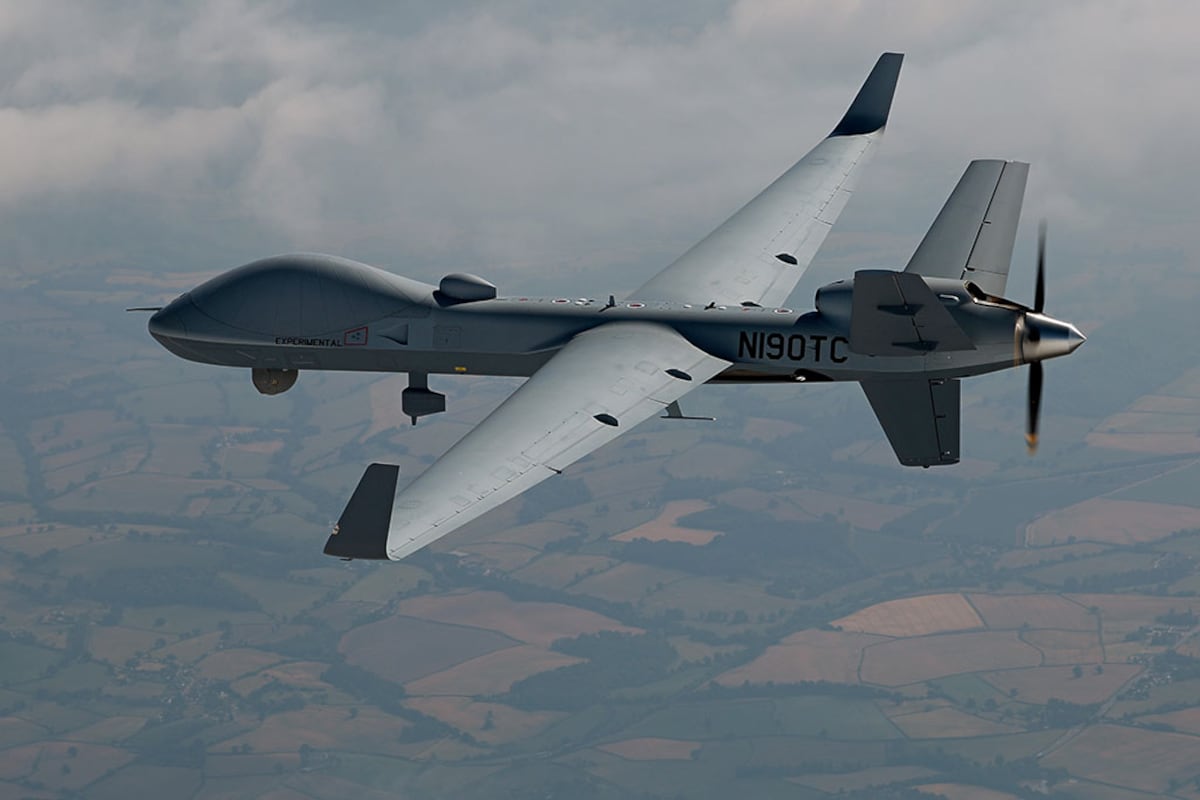Autocracies like China and Russia have at least one advantage the United States does not, Defense Secretary Pete Hegseth said Friday in a Pentagon town hall: They can make plans far into the future to change the global balance of power in their favor.
It’s time for the United States, and particularly the Defense Department, to do the same, he said.
“They have the convenience of planning without…the pesky people problem of voting in ballots. They can plan 15, 20 years and then drive that plan without consequence to their own population, which does have strategic advantages,” he said of China and Russia. “I think you’re going to see a defense strategy coming out of our office that tries to look that far down the line…and rapidly field and look at systems that are not about congressional districts or budget line items.”
The Defense Department has undertaken long-term strategic planning before. During the Cold War, U.S. defense strategy was shaped by long-term planning documents like NSC 68, a top-secret 1950 report presented to President Harry S. Truman, and Project Solarium, a 1953 strategic exercise aimed at evaluating and formulating U.S. policies to counter the Soviet Union. These efforts, often spanning 10 to 20 years, provided the foundation for key policies such as the “New Look” doctrine, which emphasized nuclear deterrence through projects like the hydrogen bomb, and sustained investment in U.S. alliances to counter Soviet influence across the globe. The thinking was big-picture, and the time horizon was long.
Today, the Pentagon’s strategic planning process looks very different. The backbone of modern defense resource allocation is the Program Objective Memorandum or POM, part of the Planning, Programming, Budgeting, and Execution (PPBE) process. Instead of a multi-decade grand strategy, the POM operates on a rolling five-year window, aligning budgets with the National Defense Strategy and shifting priorities to match emerging threats. The National Defense Strategy often refers to longer-term time horizons and goals but it comes out every four years.
Of course, one big obstacle to defense planning that spans decades is the exponential pace of progress in information technology, which touches all other areas of weapons development, and the global online information ecosystem that can cause sudden political destabilization.
Hegseth said longer-term planning does not mean a return to the Cold War practice of pursuing massive, elaborate weapons systems that take billions of dollars and many years to deploy. He offered Ukraine as an example of technology democratization—more and more powerful capabilities becoming cheaper and easier to access—which is proving to be a force multiplier. “We’re learning a lot [from Ukraine] about what low-cost systems like UAVs can do to high-cost systems that we have invested a great deal in. And the question is, do you keep investing in those or not, going forward?”
That line of thinking is not new. Under former President Joe Biden, the Defense Department launched initiatives like Replicator, designed to rapidly field highly autonomous, low-cost drones. But funding ($1 billion for Replicator over two years) was miniscule in comparison to the money allocated to big, slow moving programs of record, sustainment, and other budget items.
Rather than break from the previous administration, Hegseth said, he will put much greater emphasis on precisely those areas and engines of rapid change, via more support for offices like the Defense Innovation Unit “and others,” that focus on “experimentally, rapidly fielding new technologies and then finding a way to make sure they’re funded so that they can be scaled and tested, even in real time out with combatant commands, as opposed to an 18-month testing process to move things.”
However, Hegseth acknowledged that he does not expect big increases in defense budgets to fund those capabilities while simultaneously sustaining current programs. Instead, he said, his office will look across the department—particularly at the leadership structure—to find, “systems, hierarchies, layers that we can review,” to cut red tape and costs.
“We’re looking at the headquarters level. We’re looking at the highest levels…We won World War II with seven four-star generals. Today, we have 44. Do they directly contribute to war fighting success? Maybe they do. I don’t know. But it’s worth reviewing to make sure they do. So we’re looking at all options.”
Probably the largest obstacle to the sort of large-scale reform Hegseth described is Congress, previous Defense Department officials and others have told Defense One. So the challenge ahead for Hegseth will be convincing law makers to approach their jobs of budgeting and oversight differently.
Read the full article here








Leave a Reply